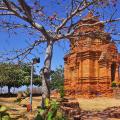The history of the creation of the monastery can be traced back to the Byzantine times, when Christian communities existed. In the 7-8 centuries AD, during the period of iconoclasm, Christians saved their relics in caves and hiding places. A hunter, or rather his dog, stumbled upon one of these caves. There was a forest on the site where the church was built. The four-legged hunter noticed the glowing icon, as the legend says, and began to bark, attracting the attention of the owner. This is how the icon of the Most Holy Theotokos was found.
Believers from the surrounding area flooded to the relic. And in the 14th century, a church was erected over the cave. The hunter's find, and later the area, began to be called "Panagia Napa" ("The Most Holy Theotokos from the forest"). The icon was named "Ayia Napa". This name is found in historical chronicles as early as 1366. Later, a source with clean water... Now there is a well at this place, and for 1 euro you can buy water in small bottles.
In the 14th century, a small temple was erected near the source. It has been well preserved to this day. The church consists of three halls. The oldest hall of the Byzantine period (969-991) with a separate entrance was carved into the cave. From the facade of the church there is an entrance to the hall of the period of the Venetian rule (1478-1571). From the second hall you can proceed to the third hall of the times of the Crusades (1192-1477).
The history of the monastery next to the church is associated with the tragic story of a Venetian woman from Famagusta, which happened in the 15th century (Cyprus was ruled by the Venetians). Her father forbade her to unite the knot with a commoner. With grief, she cut her hair as a nun. Churches, mills, and the first crypts were built with her money. A two-storey building is being built near the northern gate of the monastery for a wealthy nun. The octagonal fountain, built during the life of the legendary Venetian, is lined with marble taken from children's sarcophagi (they used to not disdain to use beautiful ancient objects to create new buildings).
In 1571, the Ottoman conquerors expelled the Latin clergy from the monastery, and it becomes Orthodox. The Turks are adding a gallery with vaults to the monastery. The building of the monastery resembles the mosque in Cairo.
More than once the monastery was transformed from female to male and back. In 1668, he nevertheless decided on the choice and became masculine. After 90 years (1758) the monks leave the monastery. Since 1790, people began to build their dwellings around the monastery, as the cultural center of the surrounding villages. There were many who wanted to be near the monastery: this is how the village was formed. The monastery complex was abandoned until 1950. It was then that its reconstruction began. Subsequently, religious meetings and conferences began to be held there. In 1990, a new church of Our Lady of Napa was built 50 meters from the monastery, where services and religious rites are held.
From 1978 to 2006, the monastery was the Ecumenical Conference Center for churches in the Middle East. At the International Scientific Conference on May 9, 2008, Metropolitan Basil (Karayannis) announced the opening of the Academy of Culture named after St. Epiphanius of Cyprus on the territory of the former monastery of Ayia Napa.
Now the monastery is not functioning, a museum is located here.
In Cyprus, the most famous church is Ayia Napa (Saint Napa). The meaning of the word "napa" literally translated from the ancient Greek language is "forest". It is with him, according to one of the legends, that the appearance of the icon of the Virgin Mary is associated, which later began to bear the name Ayia Napa.
On the site of a former cave in the forest, where the icon of the Virgin Mary (Ayia Napa) was found, a small church of the same name was built in the 14th century, and later a cathedral, which over time practically did not lose its original appearance.
Here, in the middle of the 18th century, the first refugees from Greece fled from the plague. Since that time, a new settlement appears on the map of Cyprus, bearing the name of the holy icon, known today as the resort city of Ayia Napa.
In 1500, the cells of the monastery, the building of the church and the mill were built, and later the Ayay Napa monastery itself and the chapel. In the center of the monastery there is a fountain, and behind the fountain there is a residential two-storey building. After restoration in 1950, the building of the monastery began to serve as a venue for various church meetings and events. Today, the monastery houses a museum, and the venues are held.
Where is
The monastery is located in the heart of Ayia Napa, at a distance of 1 km from the coast. You will have to park your car in a nearby street. The city is easily accessible following the signs. Time from it will take about one and a half hours.
Church of the Prophet Elijah in Protaras
If you are in Protaras, be sure to visit the Church of the Prophet Elijah, which is located on a hill at an altitude of 115 m above sea level.
The temple received its name in memory of the Old Testament prophet Elijah, who is highly revered among the Orthodox in Cyprus. Every year in honor of Saint Elijah, services are held in the church and sometimes fairs are organized.
The architecture of the temple is similar to many others. The interior walls and vaults are painted with frescoes and painted plates. There are many steps leading to the foot of the temple. According to legend, if you count the number of steps during the ascent and descent, and it will be the same, it means that all sins are forgiven, and a person starts life from a clean slate, sinless.
Where is
The Church of the Prophet Elijah can be found in Protaras, on Prophet Eliya Street, 6 km southeast of the center, at the foot of the mountain. When walking around the city, be guided by McDonald's.
Church of St. Nicholas the Wonderworker in Protaras
The temple was built in 2007 by forces local residents, fishermen and the organization of sailors in honor of Nicholas the Wonderworker, who patronizes travelers and everyone who sets out on a voyage.
So, during one of the sea voyages from Mira to Alexandria, he managed to tame the raging elements of the sea and resurrect a dead sailor who fell from the mast.
The architecture of the temple is typical of Greek churches. It is small but very cozy inside. The windows and dome of the church are the color of the sea, a bell hangs above the entrance to the altar. Since the cathedral is located on a ledge in the sea and is visible from afar, it is a beacon for fishermen and ships.
Where is
The church is located on the coast of the Golden Coast Hotel next to the fishing harbor on the marina. On Sundays and major holidays, services are held in the Church of St. Nicholas the Wonderworker in Protaras, including in Russian.
You can get to the temple by buses # 101 from Ayia Napa and # 102 from Paralimni, stop Vrisoudion 1 (Vrisudion 1).
Church of St. Epiphanius in Cyprus
The old temple was built and consecrated in honor of the Archbishop of Cyprus Epiphanius of Cyprus, famous for his participation in the Second Ecumenical Council. The new church was rebuilt in 2006. Now it is a whole complex, which consists of the skete of St. Epiphanius, carved into the rock, a small old church with a glass floor, a new elegant temple, which is often used for weddings and other celebrations.
The Church of St. Epiphanius is located 1.2 km east of the center of Ayia Napa.
The Cathedral of Saint George the Victorious is located in the center of Paralimni, north of the old church of Saint George the Victorious on Agios Georgios Street.
The laying of the first stone in the foundation of the temple took place in 1963, and by 1966 the building of the temple was completely rebuilt.
Ayia Napa Monastery is one of the main attractions of the city. The history of the monastery in Ayia Napa began in the 15th century. Its appearance has not changed much, so you can imagine what the architecture of Ayia Napa was like many centuries ago. This will allow you to feel the amazing atmosphere and understand how beautiful the ancient architecture of Cyprus is. It was built by the noble Venetians around 1530 near cave church VIII or IX century.
Ayia Napa means holy forest. The area received this name thanks to the icon of the Virgin of Napa (that is, the Most Holy Forest), in an abbreviated version from which this area was named.



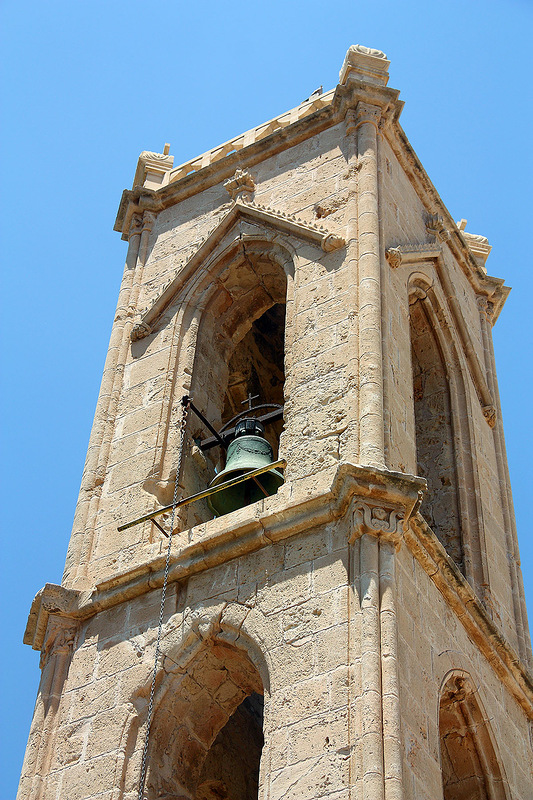
The cave in which the church is located, a cache and a source testify to the existence of a Christian community since Byzantine times.

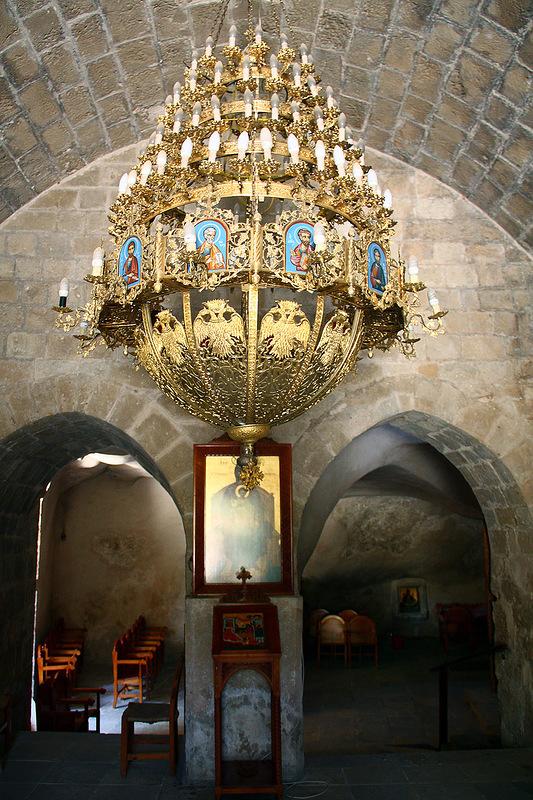

According to one version, in the cave where the church is now located, the hunter found a miraculous icon of the Most Holy Theotokos. Upon learning of the discovery of the icon, numerous believers began to visit sacred place In the cave. In all likelihood, the icon was placed in a cave during the period of iconoclasm (VII-VIII centuries AD) and thanks to this it was saved. In the XIV century, the cave was built on and thus the monastery temple was founded.
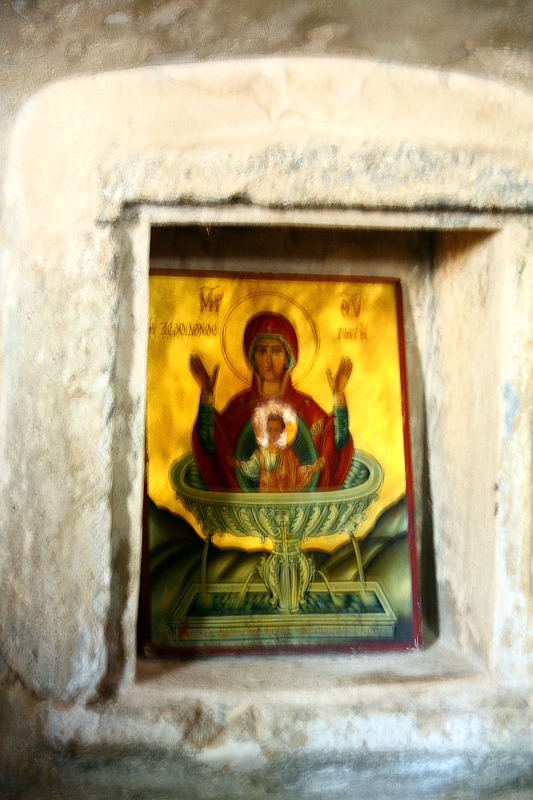
Every day, many believers come to Ayia Napa in order to bow before the icon of the Mother of God and gird themselves with a fruitful belt. Infertile couples and women who have very difficult pregnancies come here regularly.

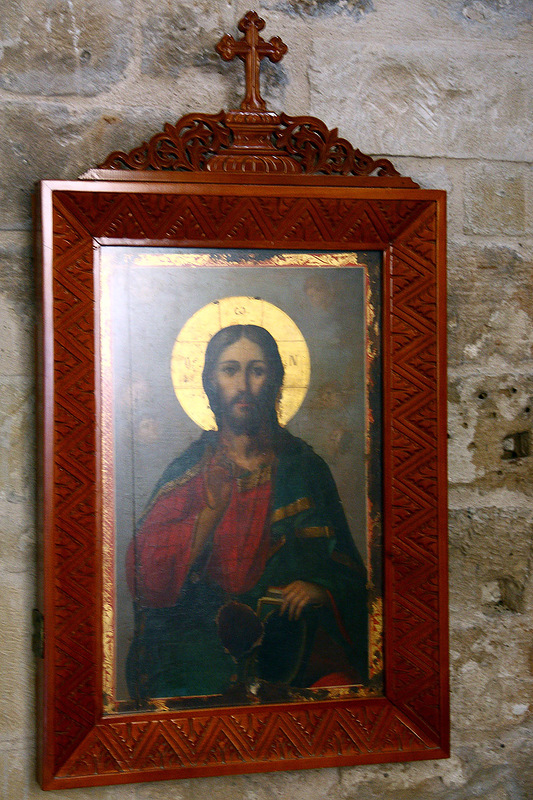
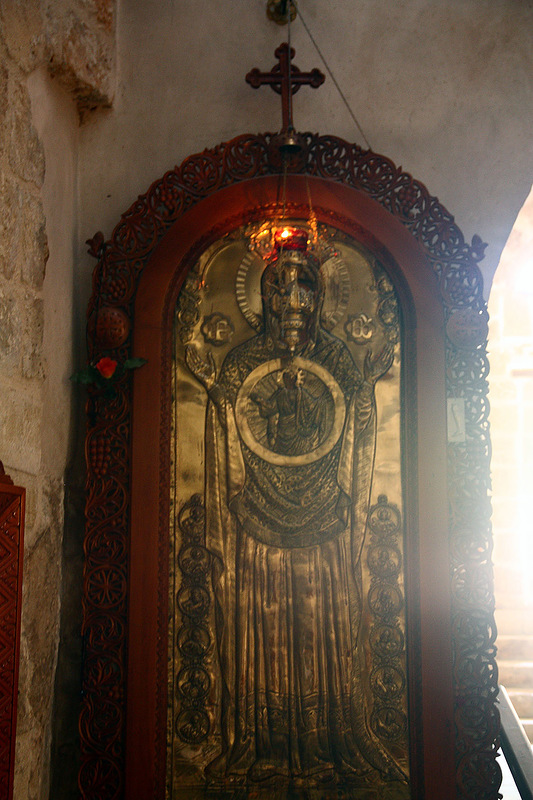
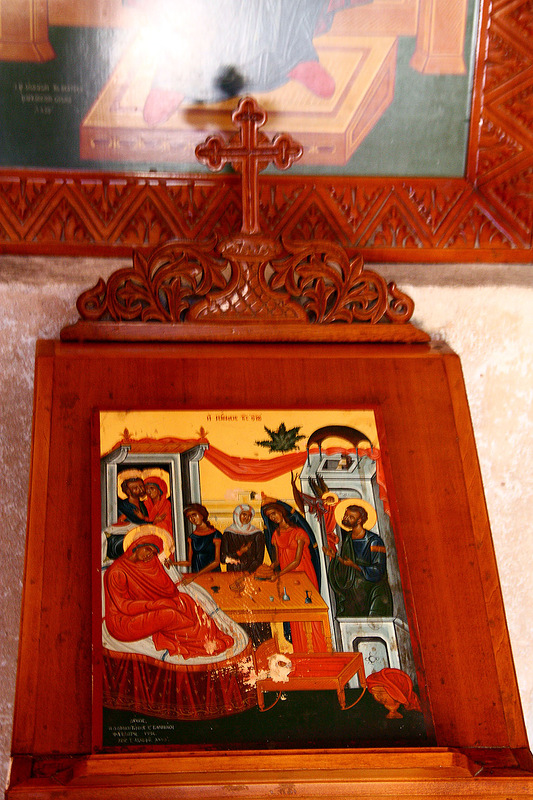

Ancient frescoes can still be discerned on the walls
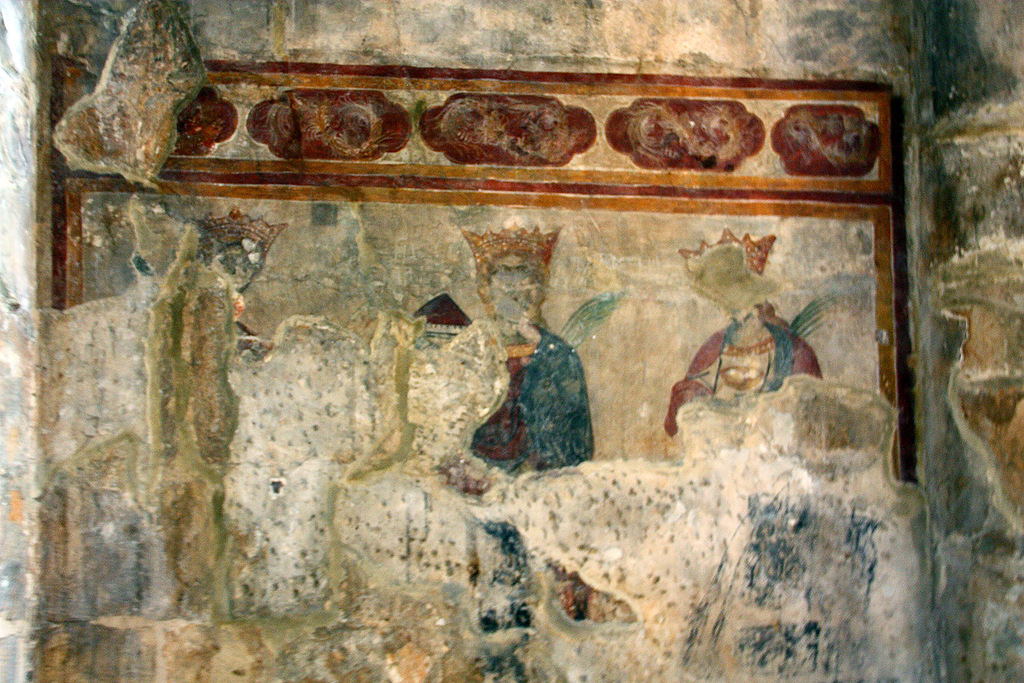
Inside there is a well with a holy foda from which anyone can drink
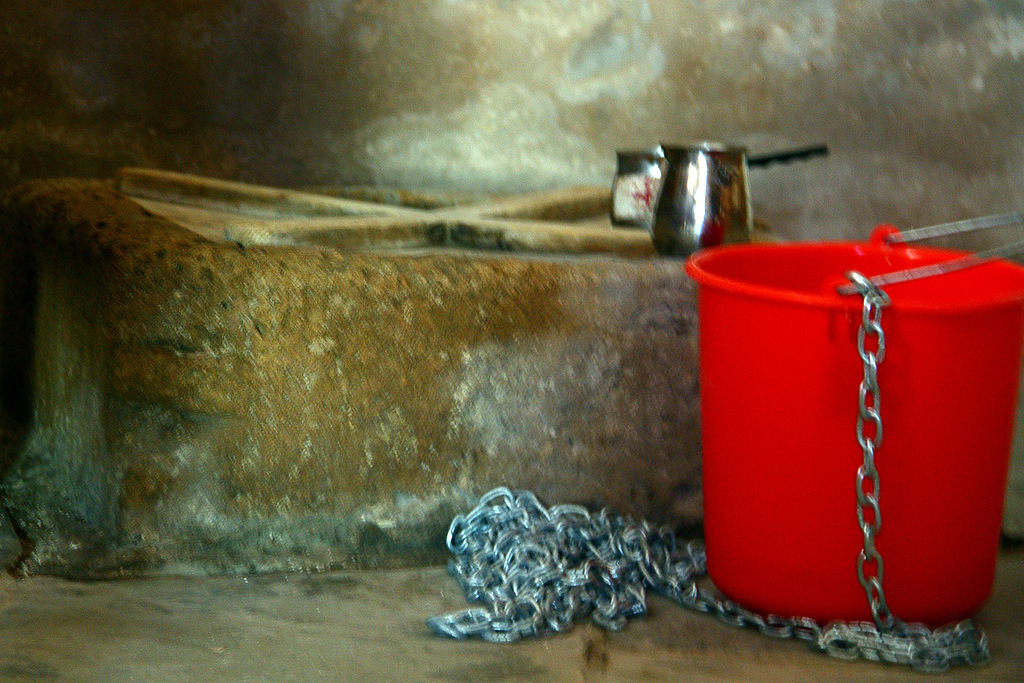

Here, in the courtyard of the monastery, there is a beautiful octagonal marble fountain with relief figures, which marks the center of the monastery courtyard.
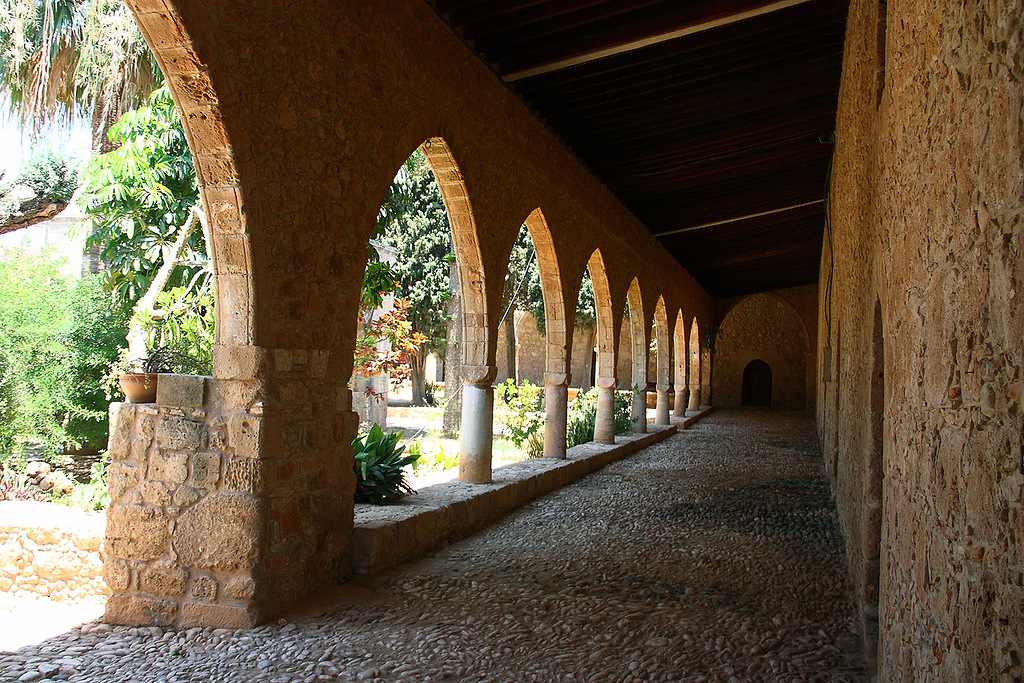
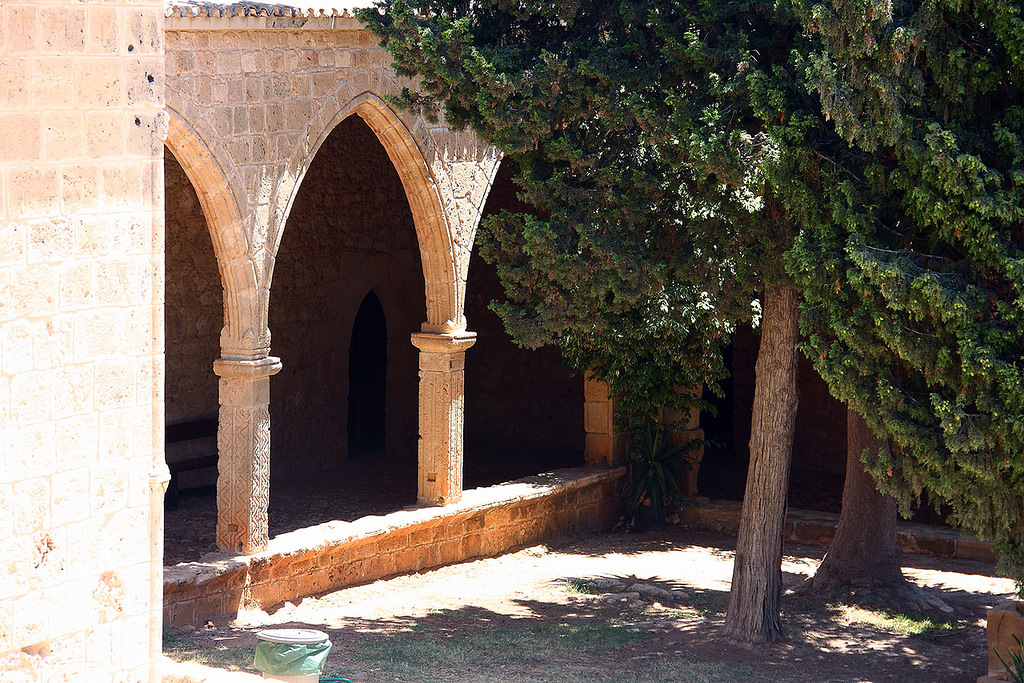
According to local legends, at the beginning of the 16th century, the daughter of a noble and wealthy Venetian, whose family wanted to marry her off to another rich man, took refuge in the monastery of Ayia Napa. The rich girl began to restore old buildings and build new ones. They say that it was she who planted a sycamore tree next to the monastery, which still grows to this day, reaching enormous sizes. After spending all her life in the monastery, she was buried in the monastery courtyard, not far from the octagonal fountain she built.

The 24-meter sycamore tree (mulberry tree) growing in front of the southern gate is no less than 600 years old.

Now there are no monks in the Ayia Napa monastery, but the church is active and open to the public. Many pilgrims come to Ayia Napa Monastery to bow before the face of the Mother of God. The temple is a place of peace of mind where everyone can find comfort and peace of mind.

